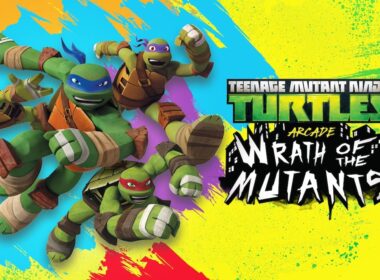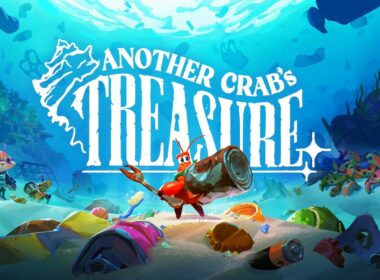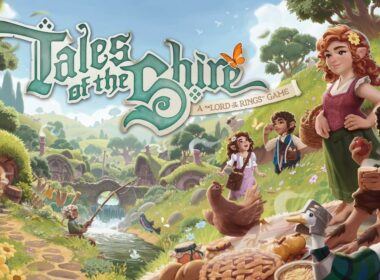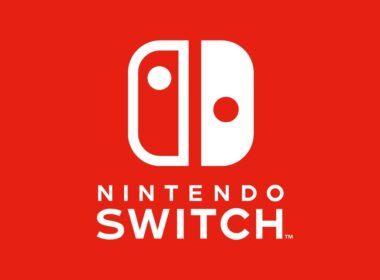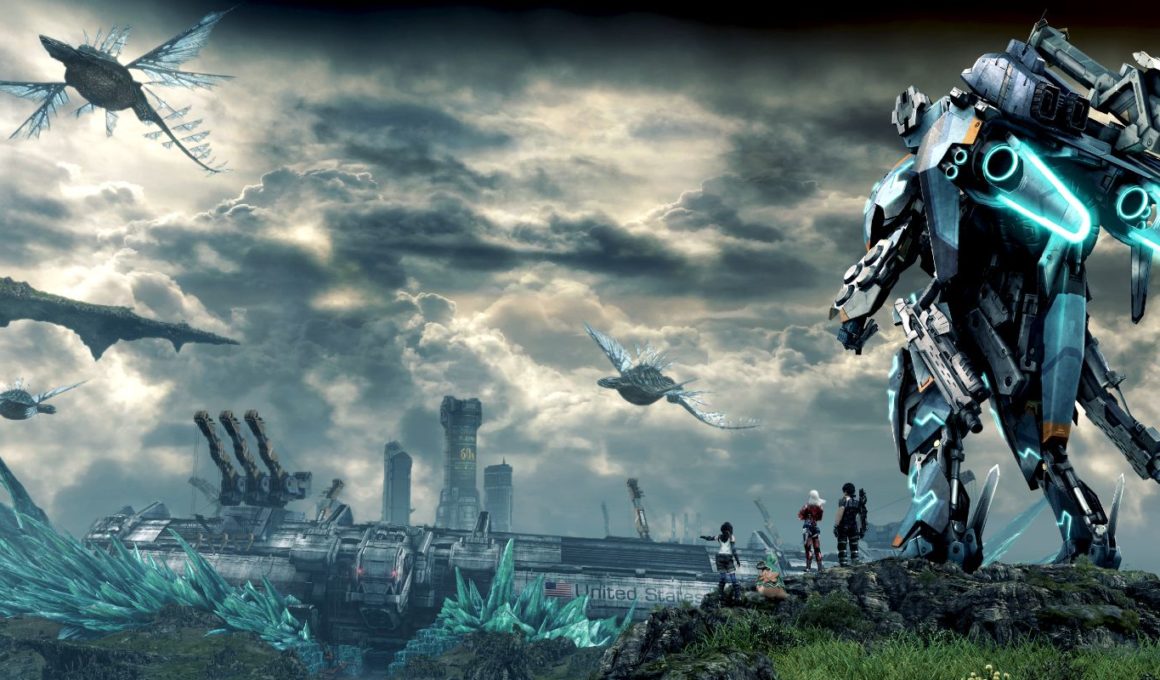Earth has been destroyed. Caught in a battle between unknown alien forces, the planet’s surface was quickly reduced to ash and rubble. Aware of the threat, Earth’s coalition government prepared the Earthlife Colonisation Project – Project Exodus – that saw every major city launch colossal, interstellar arks. Tragically, most never even made it out of the atmosphere. But yours, the White Whale, made a lucky escape and spent two years searching for a new planet to call home. When your enemies make a sudden return, the White Whale’s flight systems are destroyed resulting in it being pulled into the gravitational field of a nearby planet. And so, humanity’s fight for survival continues.
Planet Mira was a world that I longed to explore, and it has been reassuring to discover that Monolith Soft’s sweeping open-world epic echoes many of the successes praised in Xenoblade Chronicles. We have certainly endured a long wait for Xenoblade Chronicles X, first introduced to the world by late Nintendo president Satoru Iwata in January 2013. Now, nearly two years later, it braces for launch at a similar point in time when Nintendo are nearing their plans to unveil NX.
If there was anything that immediately struck me after the game’s introductory prologue, it was the sheer sense of scale. As the camera trails across Primordia’s grassy expanse, you soon realise that it is but one of the planet’s five distinct continents – Noctilum, Oblivia, Sylvalum and Cauldros awaiting your curiosity-riddled exploration later on. Xenoblade Chronicles X relishes making the player feel dwarfed by their surroundings, whether that be in running underneath towering ‘indigens’ that slowly stomp their way around or missions that lead you to high-up vistas in encouraging you to appreciate the wondrous view.
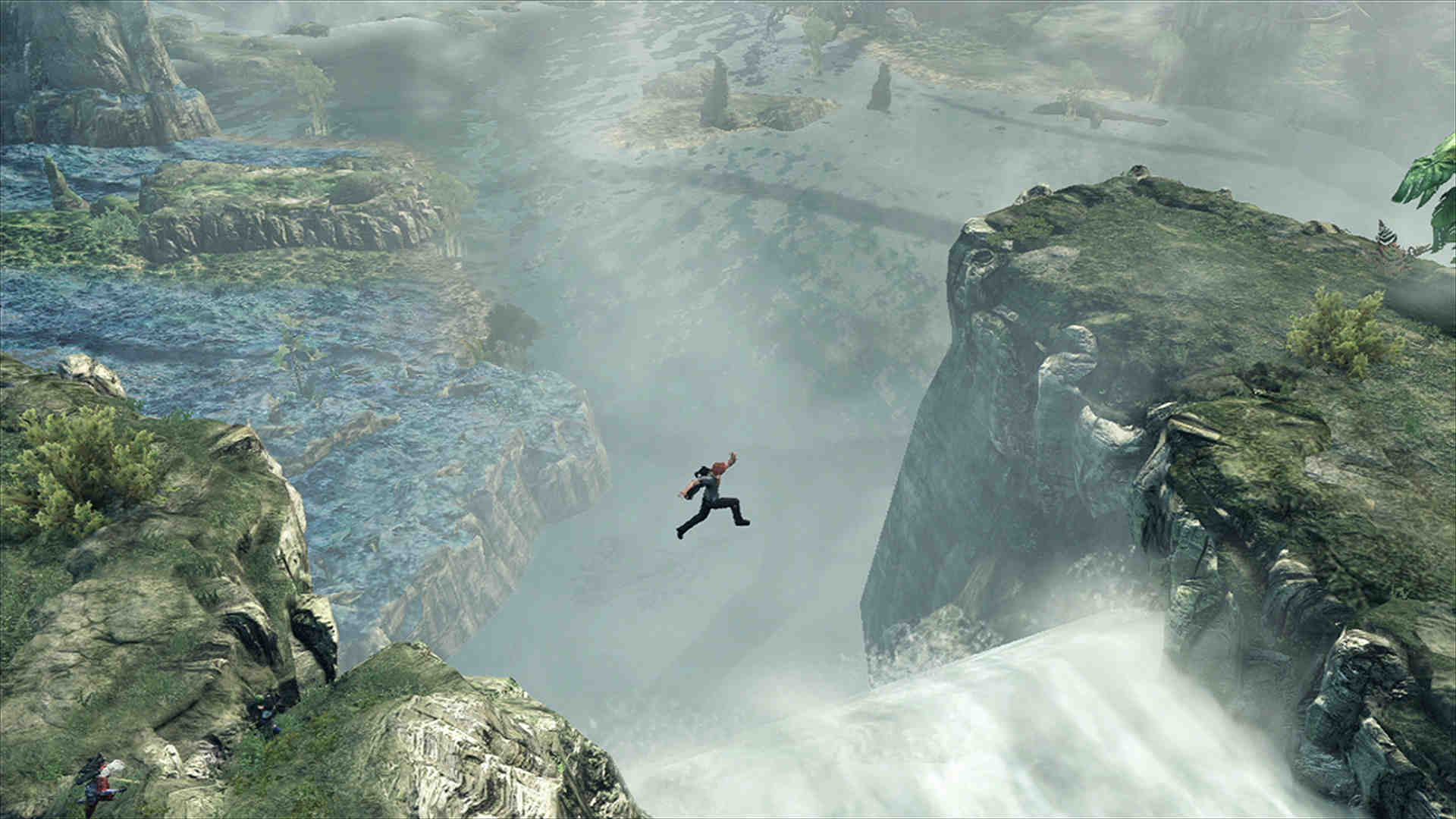
That you spend a lengthy portion of the game on foot only lends itself to becoming captivated by Mira’s grandeur, a calculative decision made by Monolith Soft to firstly challenge players to overcome the hostile environment through skill and evasion alone. Thirty hours in and your patience is rewarded with the chance to qualify for a Skell license, a mechanised combat suit that suddenly opens up new areas for you to explore. It also emboldens you to launch attacks on enemies at higher levels than your own, even if there’s still chance that your reckless attack can go unrewarded.
Players will occupy their time by adventuring on four types of mission: Story, Normal, Affinity and Basic. Expectedly, Story missions are where the narrative is at. Xenoblade Chronicles X’s space opera firmly treads humanity’s survival as they race to retrieve White Whale’s scattered wreckage – warding off the more heartless Ganglion as they look to destroy it. It isn’t the Wii U exclusive’s most notable component, never developed enough to captivate and lacking the speculative intrigue sparked by the Monado in Xenoblade Chronicles.
The enlisted voice cast provide some stellar performances – especially in Tatsu’s frequent bursts of comic relief and L’s misquoted idioms – but a decision to leave the main protagonist entirely silent is jarring. Your only involvement in conversation is being prompted to select between two inflections, in turn altering the mood or topic. It was perhaps an effort in response to broadened dialogue options in western RPGs, but it left me feeling more detached from the characters that surrounded me rather than involved.
I enjoyed the game’s Affinity missions far more, exploring the motives and quirks of Xenoblade Chronicles X’s accompanying cast. These, as with Story missions, are gated, requiring the player to reach a certain level before they can be started, which led to repeated instances in which I spent a few hours grinding in order to proceed. Difficulty spikes come in the bosses that sporadically appear in the story narrative, and become increasingly overwhelming as you progress. Fail three times to defeat them and you are offered the chance to reduce their level, but even with a higher-levelled party than the opposition you can still be beaten. Back to grinding, then.
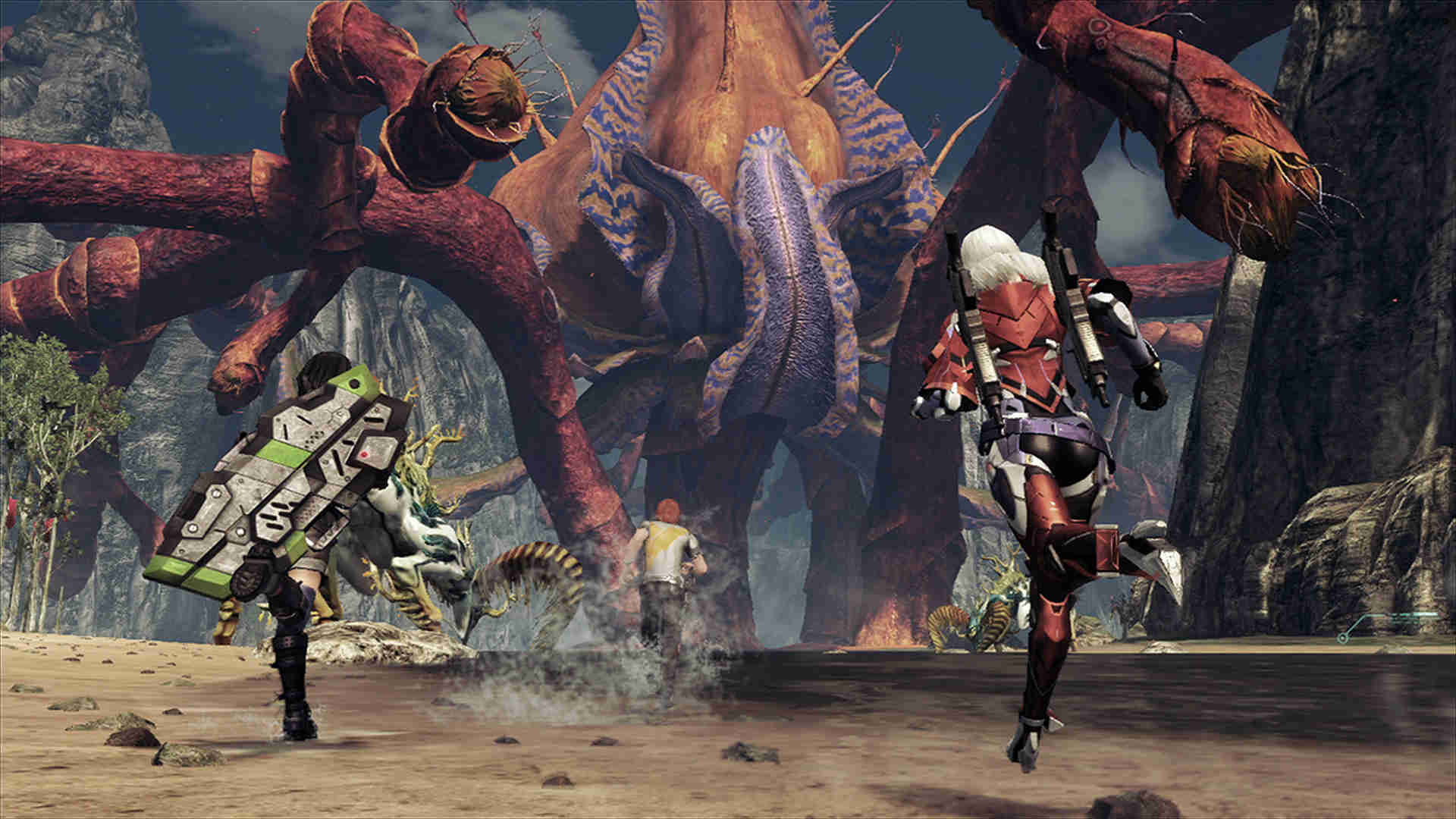
Monolith Soft at least help to objectify your grinding through providing plentiful Basic and Normal missions. These fall under Social, Bounty and Gathering categories, with the first largely seeing someone request Miranium, materials or helping lead you to discovering a new Affinity mission. Bounty sees you hunt specific enemy types or Tyrants, which are named monsters with levels that always far surpass your own. Whereas Gathering proves the most frustrating, with players tasked with collecting materials in a continent or by defeating certain enemies. The Enemy Index and Collectopedia return to try to help you identify and locate these, but it is largely left to lady luck as you waste time dashing around to grab the blue crystal indicators.
Those that adventured in Xenoblade Chronicles will find combat familiar but improved. Your party will attack automatically when you choose to engage a nearby indigen, unleashing Arts to either deal damage, recover or protect yourself and your team. It’s disorientating at first, until you learn what each Art does and can therefore begin to chain them to deal more devastating blows. Whether that be making an enemy weaker to physical attacks before slashing away with your sword or toppling a foe to temporarily prevent it from retaliating, there’s plenty of room to strategise your approach.
The Monado’s foreshadowing is long gone, but it is replaced by the new Soul Voice mechanic. This sees your allies continually shout out to one another in battle, providing hints as to incoming attacks or vulnerabilities. Simply put, certain Arts will be highlighted in response to this and activating one will provide an attack or health boost. Each auto-attack you make will earn you Tension Points (TP), which can be used to Revive a downed party member or access Overdrive to enhance the potency of your Arts. Critical hits can be scored by attacking enemies from behind, above or below, whereas players can now target their attacks at body parts – such as an arm, leg or tail – that, once destroyed, will limit the enemy’s available attacks and lower their damage resistance.
Strengthening your party partly comes through levelling, but more significantly comes through acquiring more potent weapons and sturdier armour while using Battle Points to upgrade Arts and Skills. There’s immeasurable depth here, players freely selecting between Classes to reflect their chosen play style and diversify battle encounters with new Arts. You will also join one of several BLADE divisions, each with their own recommended activities and benefits whether that be dealing increased ranged or melee damage, or improving chances of an item reward when defeating enemies.
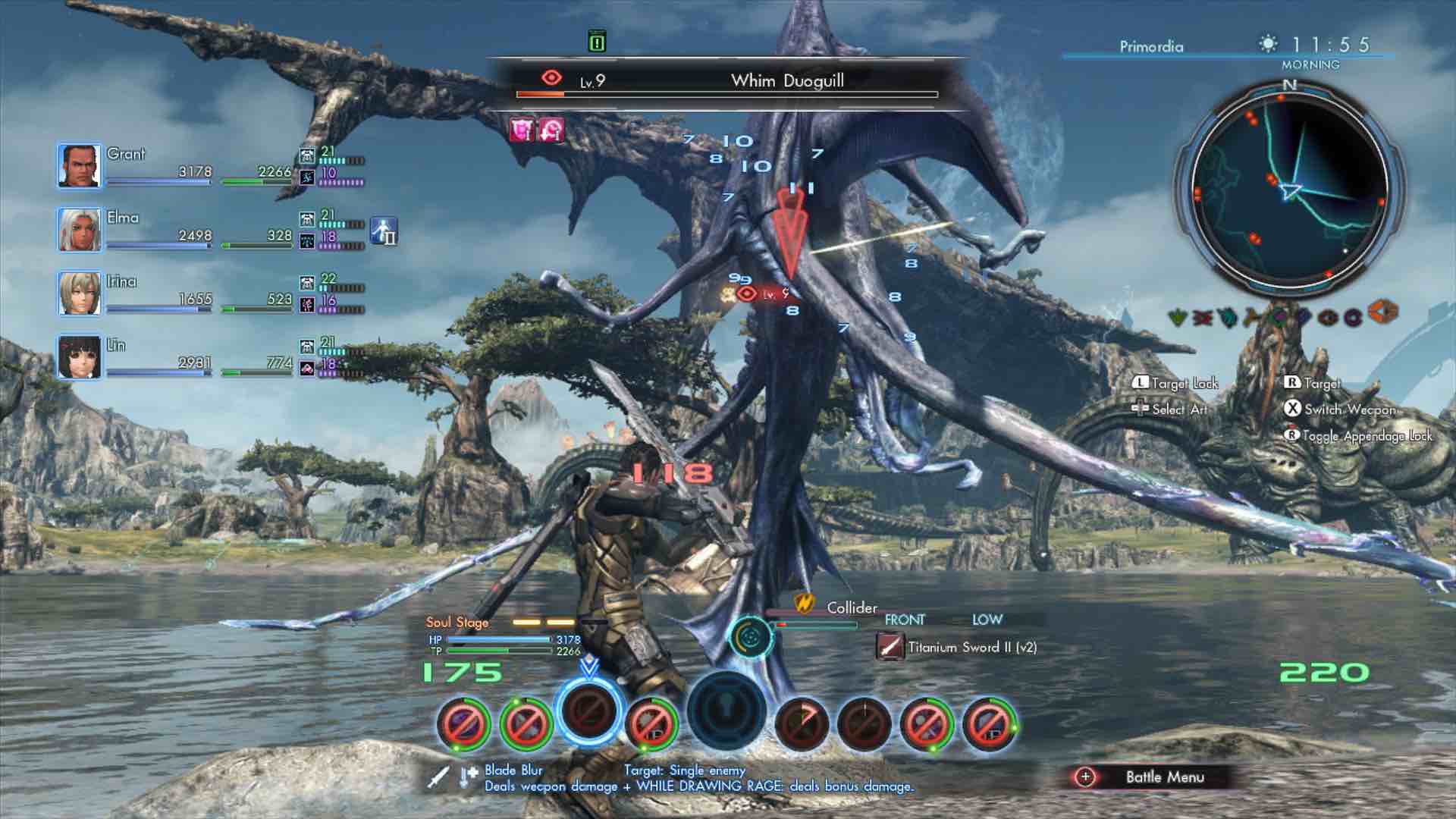
Players can invest Miranium in Arms Manufacturers to unlock a more advanced arsenal, which eventually makes the store increasingly intimidating with the near endless raft of options to purchase. That carries across to Skells too, which can not only carry a ridiculous amount of destructive weapons but are available in differing frames. My proudest moment was finally being able to afford to deck every party member with their own Skell, taking to the skies to rain down havoc from above!
Perhaps Monolith Soft’s greatest success is in their extensive Wii U GamePad implementation, which sees players operate the FrontierNav. This allows you to fast travel to discovered landmarks or unlocked FrontierNav points, while having chance to install probes to mine for Miranium, rare resources or generate revenue from research. Different probes each have their own effects and linking the same probe types will boost their effect, investing your time ultimately rewarding you with a steady stream of income as you continue to play. This becomes of increasing importance, especially as replacing destroyed Skells can prove considerably costly.
A surprise was how well Xenoblade Chronicles X works as a socially connected experience. When players start the game they are asked whether they want to join a Lifehold, Conquest or Friends Squad, determining whether they are focused on single-player, multiplayer or tracking their friends’ progress respectively. It seems a superficial choice at first, but groups you with up to 32 players online where you can see each other’s achievements as they unlock, send short messages for guidance or join up to four players to tackle online missions – presenting an opportunity to earn more credits, experience and materials. You can also register your character online, which can be hired by other players to join their in-game team – earning experience, items and resources as a result.
Xenoblade Chronicles X is among the most visually astounding games to release on Wii U, which is all the more impressive considering the low number of loading screens. Planet Mira is a perfectly realised playground promising a boundless adventure, and, while certain detail in character models doesn’t quite strike the same chord, it is a world that you will welcomingly become lost in.
Composer Hiroyuki Sawano’s rousing score is as soaringly epic as the monsters that roam the Wii U exclusive’s seamless world, successfully matching the vibe of Monolith Soft’s creation. Xenoblade Chronicles remains to have had the stronger penned score, but Sawano’s work can still readily thrill.
With Xenoblade Chronicles widely seen as a swansong on Wii, it surpassed every expectation of what could be achieved on the console. There are certainly strong parallels to observe in Xenoblade Chronicles X and, regardless of whatever the next year holds, it will be forever cherished as one of Wii U’s greats.
Version Tested: Wii U
Review copy provided by Nintendo

